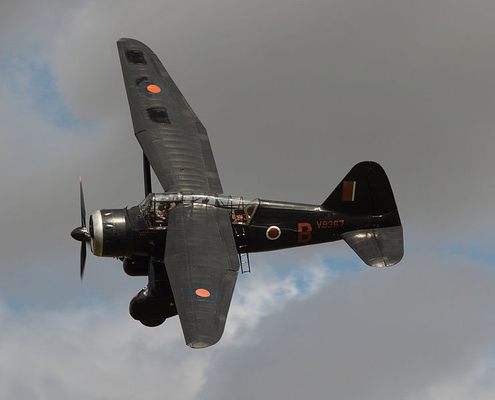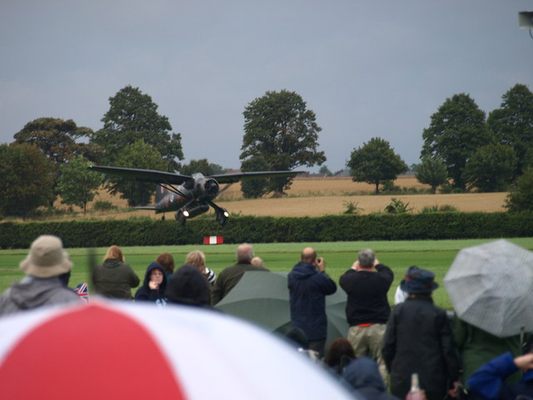About
The Westland Lysander was a British aircraft used immediately before and during the Second World War. The Suttleworth collection holds one of the few flying examples in the world in the form which made it famous, the RAF’s flying spy taxi.
The first Lysanders entered service in June 1938, equipping squadrons for army co-operation and were intended for use for message-dropping and artillery spotting.
Five squadrons that had been equipped with Lysanders were attached to the British Expeditionary Force by May 1940. When Germany invaded France, it was discovered that their performance in the intended role was so poor they made very easy targets for the Luftwaffe even when escorted by fighters. Of a total deployment of 175 Lysanders, 118 were lost in or over France and Belgium in 1940, including those lost dropping supplies during the Dunkirk evacuation.
Though found unsuitable for the army co-operation role, the aircraft's exceptional Short Take Off and Landing (STOL) performance made it very suitable for clandestine missions using small, unprepared airstrips behind enemy lines to place or recover agents, particularly in occupied France and largely in cooperation with the French resistance.
In August 1941 a new squadron, No 138 (Special Duties) was formed to undertake missions for the Special Operations Executive (SOE), the organisation set up by Churchill to “Set Europe Ablaze.” For this role the Lysanders were fitted with a fixed ladder over the port side speed up entry and exit to and from the rear cockpit and a large ventral auxiliary fuel tank was attached. These special duties Lysanders were painted matte black. The aircraft took part in these special duties until the liberation of France in 1944.
The pilots flew without any sophisticated navigation equipment and would land on short strips of land marked out by a few flashlights. Sometimes, to avoid having to land, the agent took advantage of the very low stall speed of this aircraft and, wearing a special padded suit, stepped off the ladder at very low altitude and rolled to a stop on the field. Lysanders were originally designed to carry one passenger in the rear cockpit, but for SOE use the rear cockpit was modified to carry two passengers. Clearly this was never comfortable and on outgoing flights even when only one was in the rear cockpit advantage was usually taken to load up the spare space with arms and explosives. During WW2 the pilots of Numbers 138 and 161 squadrons transported 101 agents to and recovered 128 agents from Nazi-occupied Europe.
The aircraft in the Shuttleworth collection never actually took part in special duties. It joined the Shuttleworth Collection in 1998, painted in standard RAF camouflage. While examples of Lysanders are relatively common, including at least three in the U.S., flying examples are very rare.
The Shuttlworth has an extensive collection of old and replica aircraft including some which were used in the movie, Those Magnificent Men in Their Flying Machines. There is also an extensive collection of cars and motorcycles.
Related Tags
Community Contributors
Added By
Published
November 3, 2016

























